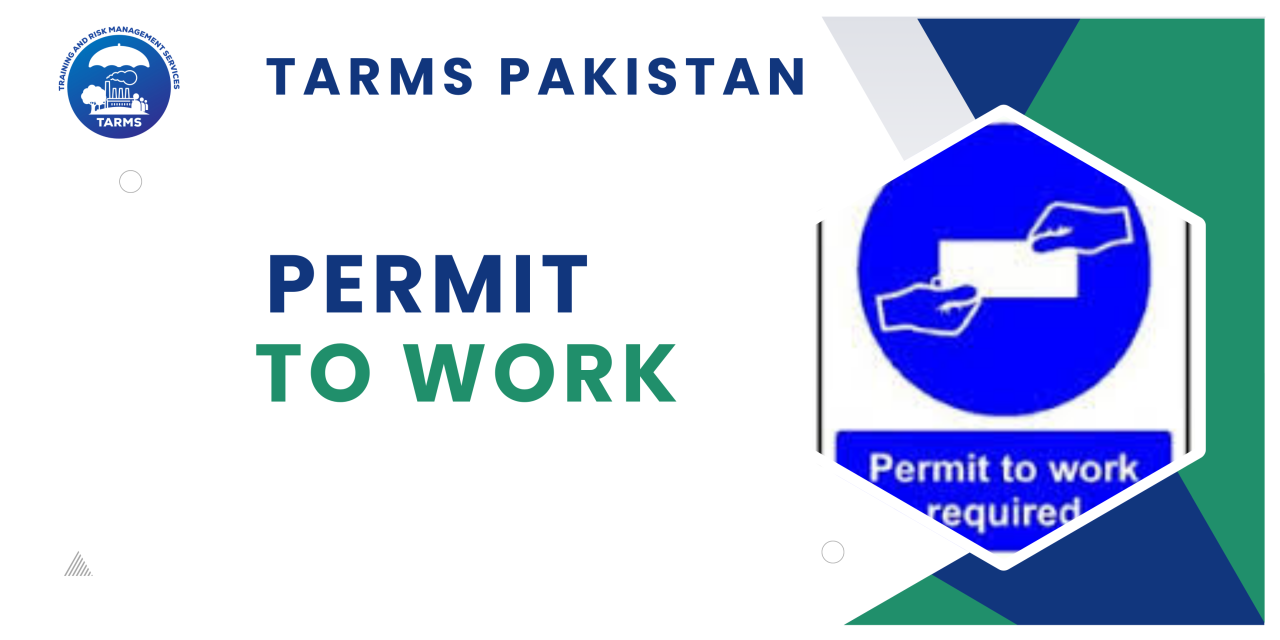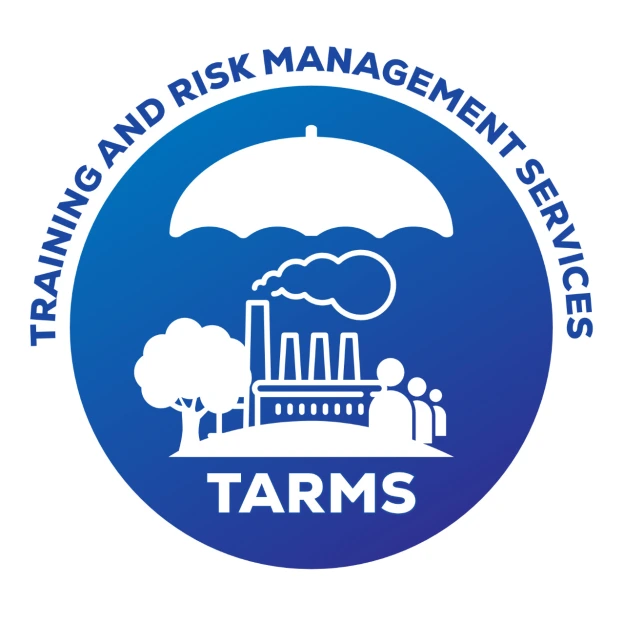
A Permit to Work (PTW) system is a formal, documented process used in industries to ensure that all work is carried out safely and systematically. It is a key component of workplace safety management, especially in high-risk industries such as oil and gas, chemicals, construction, and manufacturing.
This comprehensive explanation covers the fundamental aspects of a Permit to Work system, its components, the types of work that require it, and its benefits, providing a thorough understanding for readers.
Permit to Work (PTW) System: Ensuring Safety in High-Risk Environments
A Permit to Work (PTW) system is an essential part of safety management in industrial environments where hazardous activities are performed. It is a formalized, documented procedure designed to authorize and control work that has potential risks. The primary objective of a PTW system is to prevent accidents and ensure the safety of workers, equipment, and the environment by enforcing rigorous planning and communication standards.
Components of a Permit to Work System
Authorization
A PTW is issued by a responsible person (such as a supervisor or safety officer) who is authorized to evaluate the risks associated with a specific task. This person ensures that all necessary safety measures are in place before work begins.
Documentation:
The PTW document includes detailed information about the task, the location, the involved personnel, the duration of the work, and the specific hazards identified. It also outlines the safety precautions, emergency procedures, and any isolation or lockout/tagout measures required.
Risk Assessment
A thorough risk assessment is conducted to identify potential hazards associated with the task. This includes evaluating risks to workers, equipment, and the environment. The findings of this assessment are incorporated into the PTW.
Communication
Effective communication is crucial. All personnel involved in the task must be informed about the hazards, the safety measures in place, and their specific responsibilities. This ensures that everyone understands the risks and the steps required to mitigate them.
Safety Precautions
The PTW specifies the necessary safety precautions, such as personal protective equipment (PPE), safe work procedures, and emergency response plans. These precautions are designed to minimize the risk of accidents and ensure a safe working environment.
Monitoring and Control:
During the execution of the task, continuous monitoring is essential to ensure compliance with the safety measures outlined in the PTW. Any deviations from the planned procedures must be addressed immediately to maintain safety.
Audit and Review
After the completion of the work, the PTW process includes a review and audit phase. This involves evaluating the effectiveness of the safety measures and identifying any areas for improvement. Lessons learned are documented and used to enhance future PTW processes.
Types of Work Requiring a PTW
A PTW system is typically required for high-risk activities, including but not limited to:
- Hot work (welding, cutting, grinding)
- Confined space entry
- Electrical work
- Work at heights
- Excavation and trenching
- Work involving hazardous substances
Benefits of a Permit to Work System
Enhanced Safety
By ensuring that all hazards are identified and mitigated, a PTW system significantly reduces the risk of accidents and injuries.
Regulatory Compliance
Many industries are subject to strict safety regulations. A PTW system helps organizations comply with these regulations, avoiding legal penalties and enhancing their reputation.
Improved Communication
The PTW process fosters clear communication among all parties involved, ensuring that everyone is aware of their roles and responsibilities.
Systematic Approach
A PTW system provides a structured approach to managing high-risk tasks, ensuring that all safety protocols are followed consistently.
Nutshell
The Permit to Work system is a critical tool in ensuring the safety of workers, equipment, and the environment in industrial settings. By formalizing the process of hazard identification, risk assessment, and communication, PTW systems help organizations maintain high safety standards and prevent accidents. Implementing a robust PTW system is not just a regulatory requirement but a fundamental aspect of responsible and sustainable operations.

